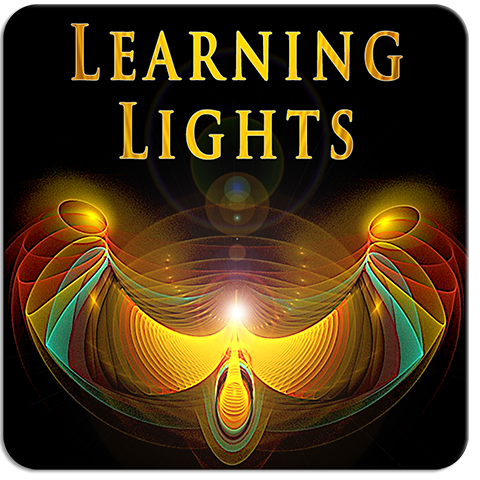In the previous two posts of this series, we discussed:
- Part I – How Games and eLearning came together?
- Part II – How Games are Different from Other Learning Activities?
Let us now determine the structure of a game and see how this structure helps us establish an emotional connection between the learner and the content.
A learning game isn’t very different from the entertainment games, except that the theme of a learning game is “learning,” and not “entertainment.” The basic structure of the two types of games is almost the same.
A Learning Game consists of:
- An environment
- A Challenge
- A Reward/Punishment
- The Learning
Let us look at these four factors in more detail.
The Environment of an eLearning Game:
An elearning game like all other types of games has to first gain the attention of the gamer, and then it has to sustain it. A game, unlike other learning activity, should be high on immersion, and establish a suspension-of-disbelief, to whatever extent it can. Thus, an eLearning game requires that you establish an environment. You can do it through a story, a visual, or a scenario.
The Challenge in an eLearning Game:
Every game should include a challenge. A challenge is “a demanding or a challenging situation,” or, if we speak in terms of motivation, it is something that urges you to act towards a specific objective. A challenge can be incorporated in an eLearning game, by asking the learner to use the knowledge gained/skill developed through the content to <achieve a goal>. Remember that goal has to be designed keeping in mind the audience’s profile.
The Reward/Punishment Associated with an eLearning Game:
Every learner wants to “gain something” from a success, and is driven to avoid “losing something” through a failure. A challenge doesn’t transform into a game unless the learner has something to gain or to lose. Thus, an eLearning activity will not convert into a game unless you establish a reward/punishment for the outcome.
The Learning in an eLearning Game:
A game is a game and NOT an eLearning game if it doesn’t result in learning. Remember that learning or reinforcement of learning should result from the process of playing a game, and not as a reward for the game. Very often, eLearning game developers end up creating games where upon completing a game successfully, the learner learns – but otherwise he or she doesn’t learn! Instructionally, such games leave nothing for a person who doesn’t play well. Make sure that your eLearning game doesn’t suffer from this issue.
That’s all for now, dear readers! If you’d like to learn more about developing eLearning games, drop me a line, and I’ll write more about it.
